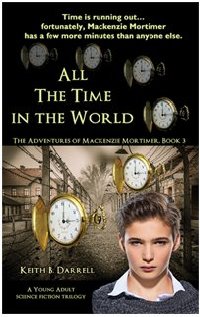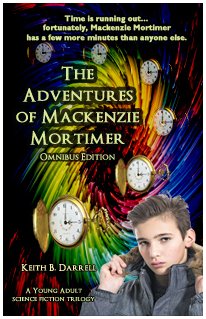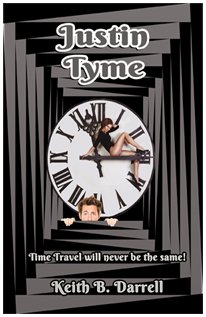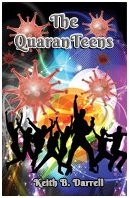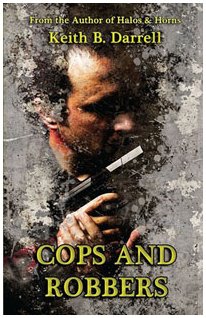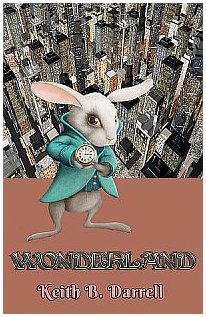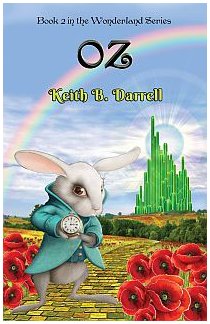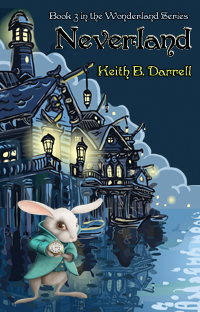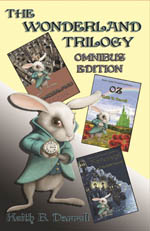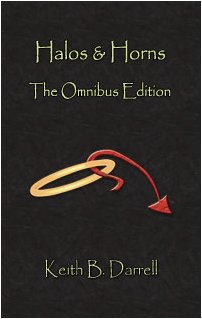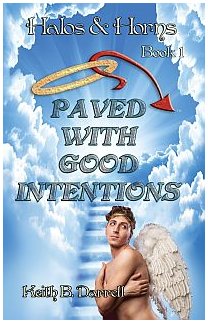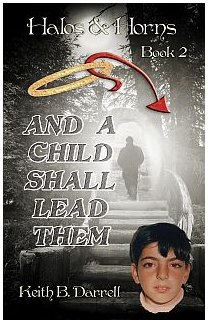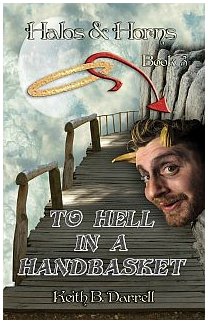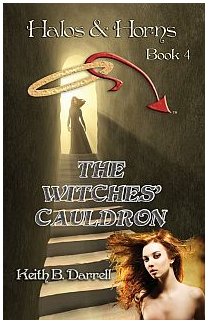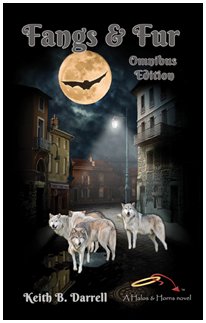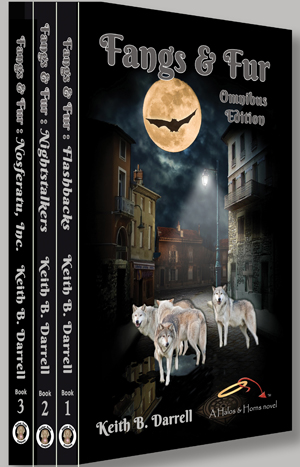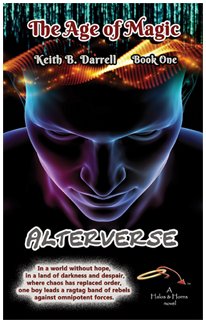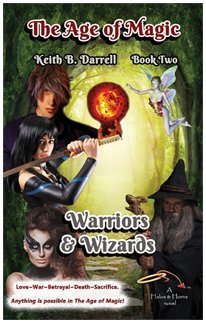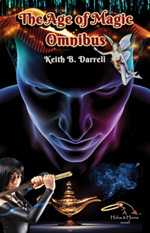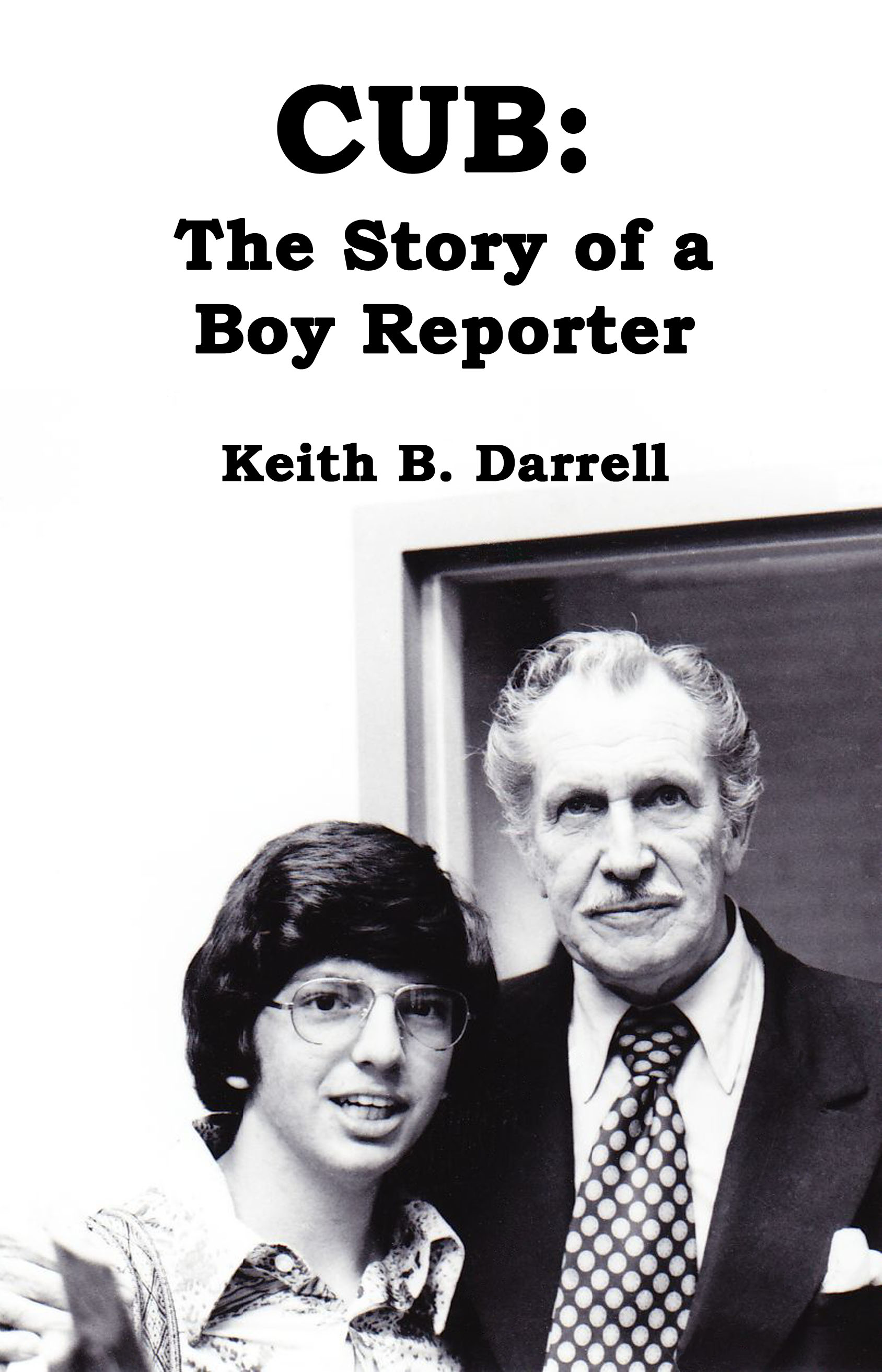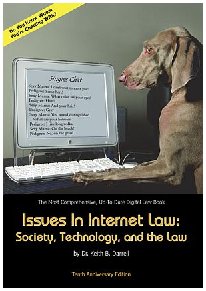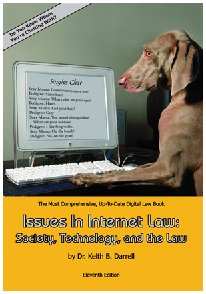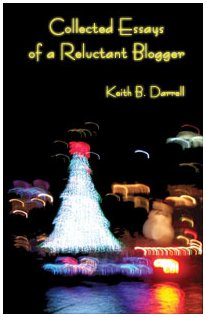What better reading material for Halloween than witches, vampires, werewolves, and demons? Now is the perfect time to start reading my Halos and Horns saga, before the final volume in the four-book arc is published in 2013. The story takes place in a magic-filled, supernatural reality and is told in episodic fiction. Each chapter is a complete tale, like a TV episode, but read in context with the other chapters, a larger story unfolds, making each book like a TV show season. The first four books form a complete story arc, introducing readers to the "Halos & Horns" universe.
Book One, Paved With Good Intentions, introduces some of the main characters: Gabriel, an archangel; Lucifer, a trickster demon; Samantha Twitch, a secretary and witch; Mordred, a warlock and illegitimate son of Morgana le Fay and King Arthur; Detective Mordecai, a hardboiled Las Vegas cop; Kennedy, a hooker with a heart; Sharon, a Jewish vampire (crosses don't bother her) and her vampiric entourage: scatterbrained BFF Pandora; claustrophobic and clumsy Claude, who eschews coffins as too confining; eternally 10-year-old vampire Artemus; and cold-blooded ex-KGB operative Valentina. We wrap up with a "Who's your daddy?" cliffhanger.
Book Two, And A Child Shall Lead Them, unveils the secret existence of the Dark Gods and their ominous plans to return to our realm. Heaven and Hell must join forces in an attempt to prevent the Dark Gods' return. One result of the Dark Gods creating a breach between our dimension and theirs is the release of Lilith, a powerful, child-killing demoness. Along the way, we meet Kita, a kitsune (Japanese fox spirit), several hypnalises (women who turn into man-eating snakes); and visit a lot of unusual places: the Dreamscape (a realm of dreams); Thenesia (an ancient land of barbarians, wizards, and kings); the 1940s; England, Japan, the Middle East, and even Heaven. We wrap up with the most shocking cliffhanger ever written. Really.
Book Three, To Hell In A Handbasket, delves into the backgrounds of some of the major characters. We meet Samantha's sisters, two witches who share a secret connection with her; see Gabriel and Lucifer's unlikely career changes; discover a startling secret about the Mordecai family; follow the adventures of two strange little girls in Japan, one a despicable changeling and the other a hypnalis; attend a trial by a tribe of Gypsy werewolves; learn the untold origin of the sorceress Morgana le Fay; embark on the prelude to a war between the Light and Dark Fae; meet Paige Turner, author of the dreadful "Nightfall" vampire novels, who has been targeted by the savage Empusae, flame-haired vampiric demons and, apparently, pissed off literary critics who complain "Real Vampires Don't Twinkle"; follow Lucifer's political ascension and Gabriel's moral ascension through Hell; and watch Detective Mordecai confronted with an impossible choice. We wrap up with a murder, a kidnapping, a bloodthirsty rebellion, and a shocking ending (admittedly, nothing could match Book Two's cliffhanger, but this comes close).
Book Four, The Witches' Cauldron, begins with the death of a major character, and ties up subplots involving those strange little girls in Japan; the deadly Empusae; the Mordecai family and its secrets; the dysfunctional Twitch sisters and their secret; Morgana's journey from innocent little girl to Fae and sorceress, to Dark Fae, and finally to evil mistress of malevolence; teen witch Emma's arrival in 17th century Salem; Gabriel and Asmodeus' showdown with the demon usurper Baphomet’s legions; Lucifer's judgment by a tribunal of the Fates; a funeral and a wedding; and the fates of Morgana le Fay, Damien, Emma, Samantha, Drusilla, Calliope, Lucifer, and Gabriel. Hint: some of them aren't going to make it to the next arc.
In 2014, it's on to "Fangs & Fur", the second arc, which delves deeper into our world of vampires and werewolves. The first tale focuses on ditzy vamp Pandora, revealing her origins and the truth behind her "psychic bond" with Sharon (disclosed way back in Paved With Good Intentions). It's all connected; each arc is part of one big universe and each chapter of this episodic fiction is a jigsaw piece of the puzzle. The series is, at times, humorous, poignant, adventurous, dramatic, and action-filled. The first three books are available in softcover and on Kindle.




